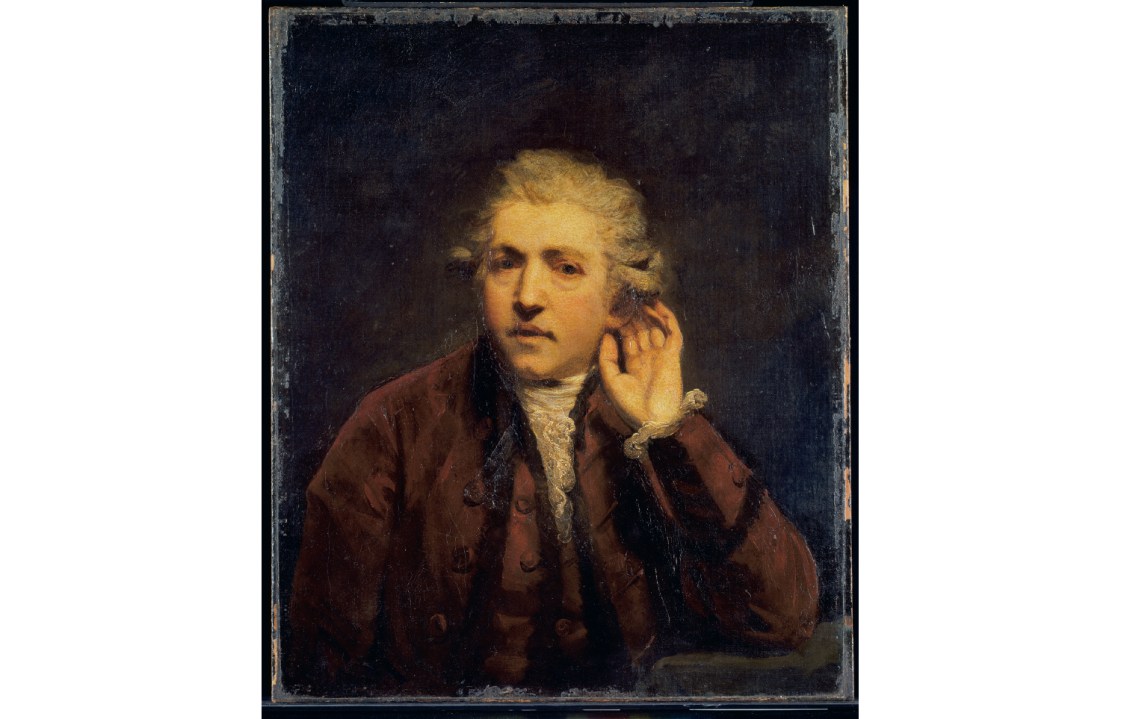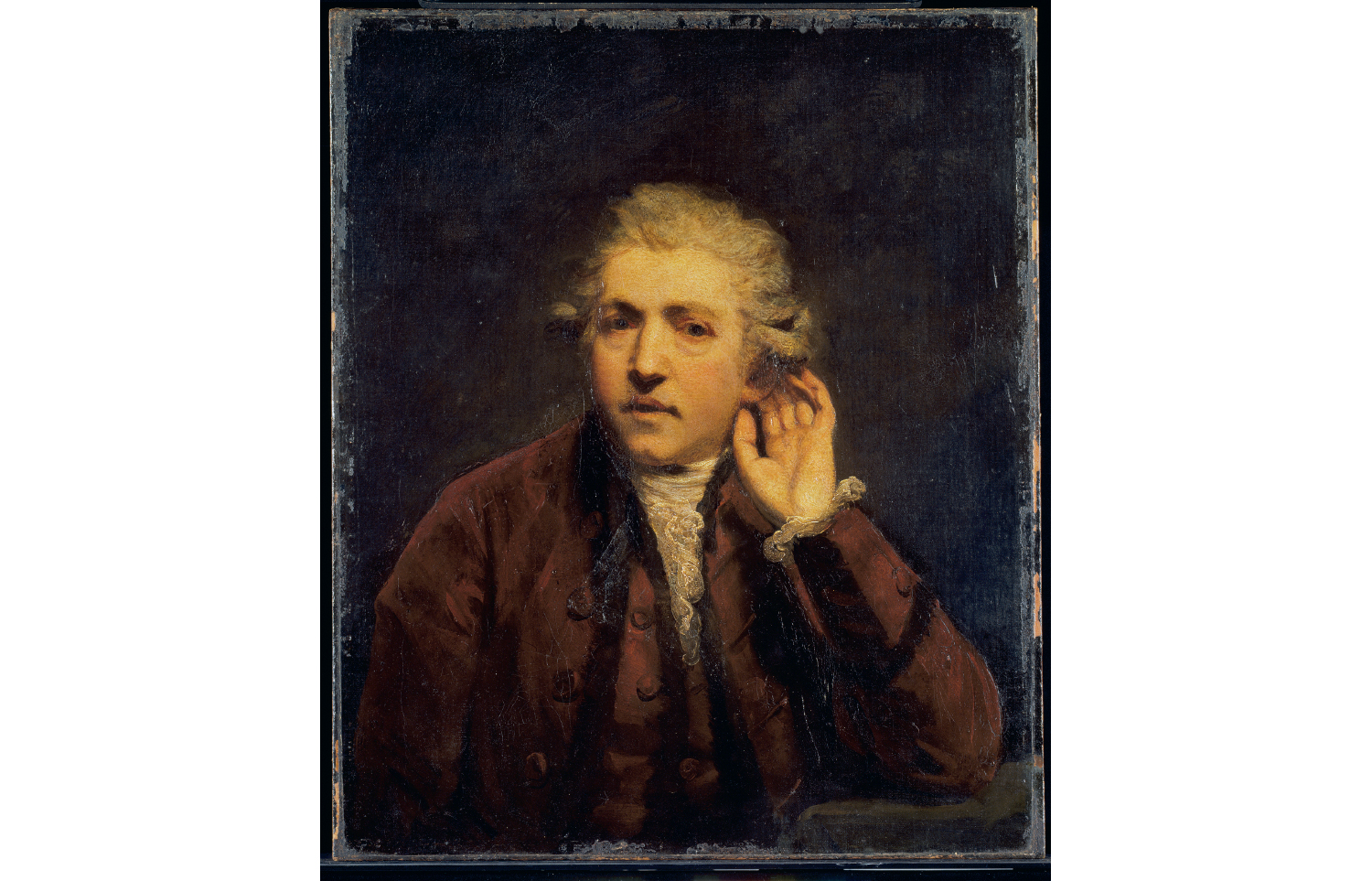In front of the banner advertising the RA Summer Exhibition, the swagger statue of Sir Joshua Reynolds (1723-92) by Alfred Drury stands garlanded with flowers. But the Academy he founded won’t be marking his tercentenary with a retrospective, just a small display and a series of artists’ lectures. For an anniversary show, you have to travel to his native Devon.
Ever since the Pre-Raphaelites dubbed him ‘Sir Sloshua’, Reynolds has been out of fashion
Ever since the Pre-Raphaelites dubbed him ‘Sir Sloshua’, Joshua Reynolds has been out of fashion: blame the outmoded ideals of beauty he promoted in his Discourses and his role as portraitist to the Georgian establishment. But Reframing Reynolds at the Box in Plymouth gives us a glimpse of a different Reynolds: one who didn’t always practise what he preached and could be tender, playful, even mischievous.
Intellectually curious, intensely gregarious and unusually well educated for an artist – his clergyman father was a master at Plympton Free Grammar School – Reynolds had a genius for networking. Within a few years of setting up his London practice in 1753 he was mates with Samuel Johnson, Edmund Burke and Oliver Goldsmith. His career was stellar. He rose to become the first president of the Royal Academy in 1768, a knight of the realm in 1769 and Painter in Ordinary to King George III in 1784, despite the king much preferring Gainsborough and referring to Reynolds as ‘poison in my sight’. He was a social climber, not a snob. He never completely laundered his Devon burr and refused to behave like a tradesman with titled clients. Some took offence (‘I never saw so vulgar & so familiar a forward fellow,’ huffed one aristo); others were disarmed. A sitting at his Leicester Square studio, where he kept a macaw in the house and a mangy eagle in the yard, was fun.









Comments
Join the debate for just £1 a month
Be part of the conversation with other Spectator readers by getting your first three months for £3.
UNLOCK ACCESS Just £1 a monthAlready a subscriber? Log in